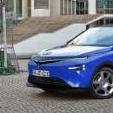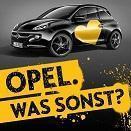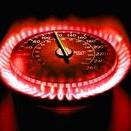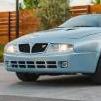-
Contenuti simili
-
- 18 risposte
- 2625 visite
-
Scelte strategiche Nissan 1 2 3 4 11
Pubblicato da aboutdas,
- scelte strategiche nissan
- scelte strategiche
- (e 2 altri in più)
- 108 risposte
- 19615 visite
-
Nissan Micra VI 2025 1 2 3
Pubblicato da MotorPassion,
- renault 5 e-tech electric
- bev
- (e 9 altri in più)
- 26 risposte
- 2608 visite
-
-
-







.thumb.jpg.902d2a4f20a129e92b6f6920407b81bd.jpg)

















Messaggi Raccomandati:
Crea un account o accedi per lasciare un commento
Devi essere iscritto per commentare e visualizzare le sezioni protette!
Crea un account
Iscriviti nella nostra community. È facile!
Registra un nuovo accountAccedi
Sei già registrato? Accedi qui.
Accedi Ora